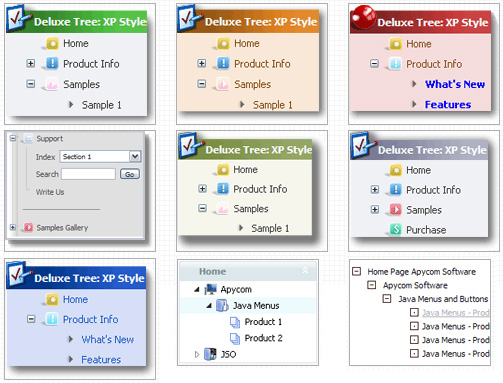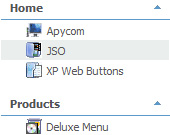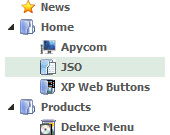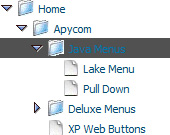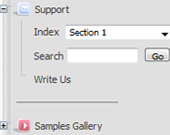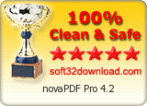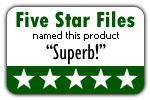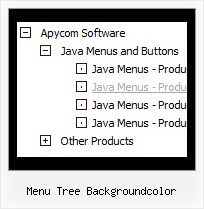Template: Menu Tree Backgroundcolor
Html Tree Menu Vista Style 4
The template emulates Vista OS menu style. To open submenus click on menu items.
The appearence of this template is determined by the following parameters:
- The menu have XP Style; Animation effect for subitems
- Toggle-mode support.
- Items have icons
- Menu has a static position and is placed within the table cell
The template emulates Vista OS menu style. To open submenus click on menu items.
The appearence of this template is determined by the following parameters:
- The menu have XP Style; Animation effect for subitems
- Toggle-mode support.
- Items have icons
- Menu has a static position and is placed within the table cell
Key features:
- Inactive/Disabled items
- Relative/Absolute menu position
- Submenus automatically scrolls
- Filters and Transitional effects
- Unlimited number of sub levels
- Vertical orientation of the Tree Menu
- different speed for an animation for submenus
- Movable and floatable menu
- Inactive/Disabled items
- Relative/Absolute menu position
- Submenus automatically scrolls
- Filters and Transitional effects
- Unlimited number of sub levels
- Vertical orientation of the Tree Menu
- different speed for an animation for submenus
- Movable and floatable menu

